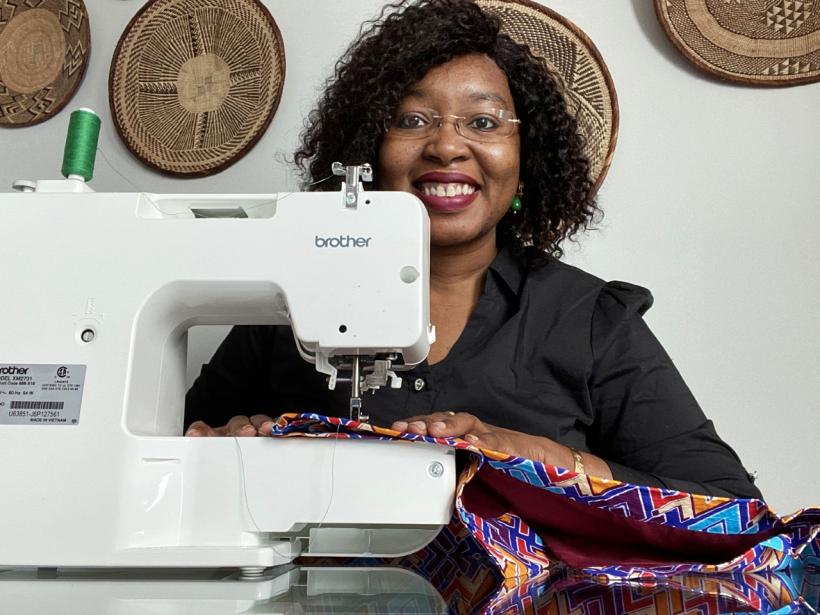Our blog
Featured Blogs
In conversation with Fatimata Dicko, Senior Financial Sector Specialist Ninety percent of my cousins still live in the rural areas of Mali, working in livestock and agriculture," Fatimata (prefers Fatima) starts off, "Both these sectors are highly exposed to the effects of climate change. My motivation to work in disaster risk finance (DRF) is really to provide solutions to help people who are in a position like that of my own family. "Fatima recognizes the privilege and power she holds as the...
Pacific Developing Countries (PDCs) are among the countries most vulnerable to climate change and natural disasters, globally. A 2012 World Bank Group study revealed that of the 20 countries in the world with the highest average annual disaster losses, as scaled by gross domestic product (GDP), eight are Pacific Island Countries. As a majority of people in PDCs and a significant share of their infrastructure are concentrated within meters of the coastline, the power sector in these nations is...
Across Africa, adaptive social safety nets are on the rise. Building on traditional safety nets that provide cash assistance and other services to poor households on a regular basis, they respond to shocks – mostly via rapid cash payments to affected households. Adaptive safety nets have supported tens of millions of people across Africa during the COVID-19 pandemic. Increasingly, they also protect households against other types of shocks such as droughts and floods. Disaster risk financing (DRF...
Türkiye’s geographic location, population density and distribution, and socioeconomic factors make it highly vulnerable to the impacts of climate change and other environmental and natural hazards, as detailed in the World Bank’s Türkiye Country Climate and Development Report (CCDR). Concerns are also rising about climate change exacerbating water stress and food security issues. Regional ‘green’ initiatives, such as the European Union’s Green Deal, are increasing the pressure to act fast to get...
The World Bank Group and the United Nations World Food Programme have an ongoing partnership to strengthen our financial resilience programs for the most vulnerable, including for climate and disaster risk finance and digital financial inclusion. Climate and disaster risk finance (CDRF) mechanisms entail putting into place pre-arranged sources of finance for disaster response for governments, households, and businesses, thus enabling timely responses in anticipation of, or soon after, a shock...
Natural hazards can trigger unnatural disasters—deaths and damages often resulting from human acts of omission and commission. The impact of climate change is only expected to exacerbate this, increasing the frequency and severity of certain climate-induced disasters like floods, drought, and wildfires across Central Asia. And that means the costs associated with such events will rise as well—especially where disaster preparedness is lacking. Disaster risk financing is one crucial component of...
It has been said that if you fail to plan, you are planning to fail. This is especially true for managing disaster and climate risks in any country, but it is perhaps even more relevant in a country like Albania, which is exposed to floods, extreme weather, earthquakes, wildfires and landslides. Managing and reducing the risks associated with such events requires planning built on solid information, expertise, and resources to support activities to prepare for, mitigate, and respond to disasters...













